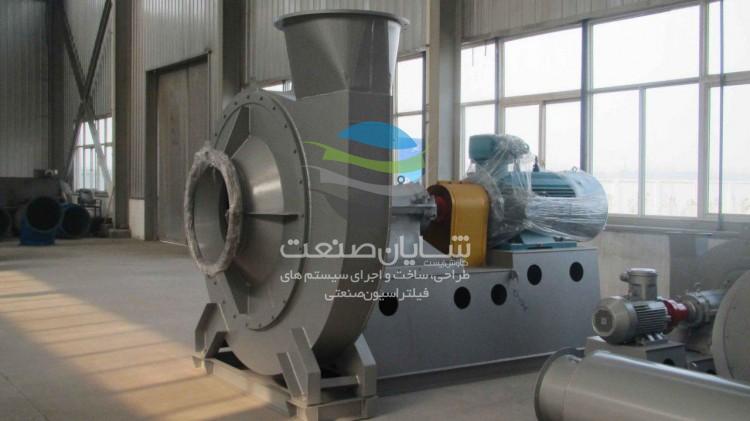Operation, maintenance and repair of industrial fans (Part 2)
Risks related to improper operation of fans
Do not use the fans in situations other than those mentioned on the fan body plate.
• Avoid moving or replacing parts of the fan, such as guards, connectors, and replacing other parts.
• Do not expose your arms, legs or other parts of the body to moving parts.
• Avoid getting your hands close to rotating parts.
• Avoid placing fans in explosive environments. Only special fans approved by the company’s experts can be installed in such environments.
• If the fan is defective, repair or replacement of parts by unauthorized persons is prohibited.
• Be careful to use aerators to drain the fluids mentioned in this booklet, and misuse will naturally lead to hazards.
• After replacing or repairing the parts, make sure that the parts are installed correctly and then start the device.
Note that a malfunction of one part can lead to failure of other parts of the fan.
Instructions for operation, maintenance and repair of the dust collection system
• Monitor the condition of the fan safety equipment and install the relevant danger signs on each one.
• In cases where the fan is defective, refer to the manual to prevent damage to people and damage to various parts of the fan.
• Make sure that the screws and fittings related to the impeller and rotating parts are tight, otherwise avoid turning on the devices and inform the person in charge immediately.
• Operating personnel must be equipped with safety equipment at work. People with normal clothing should avoid approaching the machine while working.
• People who use the fan should avoid having extra tools such as rings, pens and کار while working with the fan.
• When operating the fan, be sure to use safety equipment such as helmets and special gloves.
• The consumer must provide the correct installation of electrical parts related to the motor and the housing along with the necessary safety items.
• The protective equipment must be completely fixed in place and secured with bolts. Loosening of one of them will cause the fan to malfunction or move the other parts.
• All protective equipment must be completely fixed in place and secured with bolts.
• The fan installation location must be kept clean. Water droplets with spilled oil should be dried and cleaned as soon as possible.
• The minimum installation intervals mentioned in this booklet should be considered so that the performance efficiency of the fan is satisfactory. Improper installation of an aerator can ruin its proper operation.
Instructions for operation, maintenance and repair of the dust collection system
Tips for Implementing Maintenance Plans
• Design and execute a scheduled maintenance plan to prevent wear and tear on the parts.
• A cover should be installed on the electromotor fan to protect it from rain and snow moisture.
• When repairing and cleaning the rotor, make sure that the roto does not rotate. This rotation can cause injury even when the fan is turned off.
• Even when the power is off, the fan rotating parts may be rotating due to natural factors such as wind or currents generated by the surrounding fans, so as long as the fan rotating parts do not rotate due to this Factors you are not sure Do not start the repair operation.
Note: Avoid the following separately.
• Perform any repairs before making sure the ventilator is completely stopped.
• Lubricate parts before disconnecting the fan from the relevant electrical connections.
• Clean the fan during operation.
• Open the guard and fan parts when the fan is working.
Risks due to environmental conditions around the fan
The following can shorten the life of various parts of the device:
• Place the fan in an environment where mechanical vibration is high.
• Risks related to ambient rust and factors such as corrosive gases, water vapor and fumes
• High ambient temperature
• Density outside the fluid design range

